-
Produtos e acessórios endoscópicos
- Conjunto de sucção endoscópica e irrigação
- Tubulação de Insuflação
- Agulha Veress
- Tubulação de Insuflador Aquecido de Alto Fluxo
- Válvulas endoscópicas de uso único
- Câmera Endoscópio Mangas
- Conjunto de irrigação de artroscopia
- Tubulação de irrigação
- Tampa do sistema de enxaguamento
- Escovas de limpeza de canal de endoscopia
- Armadilha de pólipo
-
Respiratório
- Cânula de oxigênio nasal
- Máscara de Capnografia
- Máscara de oxigênio
- Máscara não rerespirando
- Máscara de Venturi
- Multi-Vent Máscara
- Máscara Nebulizador
- Nebulizador com pedaço de boca
- Máscara de traqueostomia
- Ezscope descartável™Pro Broncho
- Bocal de válvula unidirecional
- Clipe de nariz
- Kit de filtro e bocal ABC
- Exercitador de respiração
- Cateter de sucção fechado
- Cateter de sucção
- Válvula de vácuo de controle de muco
- Armadilha de espécime de muco
- Extrator de Muco
- Extrator de muco com bainha protetora
- Tubo de aspiração descartável
- Anestesia
-
Gestão das vias aéreas
- Via aérea orofaríngea
- Via aérea nasofaríngea
-
Máscara laríngea das vias aéreas
- Máscara laríngea de PVC padrão das vias aéreas
- Máscara laríngea de PVC reforçada das vias aéreas
- 90 graus de PVC máscara laríngea airway
- Padrão de silicone máscara laríngea airway
- Máscara laríngea de silicone reforçado via aérea
- Máscara laríngea reutilizável via aérea
- Reutilizável máscara laríngea reforçada das vias aéreas
-
Tubo de traqueostomia
- Tubo de traqueostomia ajustável celestial
- Tubo de traquestomia celestial com neosucção
- Tubo de traquestomia reforçada celestial
- Tubo de traqueostomia Serenidade
- Kit de tubo de traqueostomia serenidade
- Tubo de traqueostomia de serenidade com neosucção
- Kit de tubo de traqueostomia de serenidade com neosucção
- Tubo de traqueostomia fenestrada Grasmere
- Kit de tubo de traqueostomia fenestrada Grasmere
- Tubo de traqueostomia não ajustável Azure
- Tubo de traqueostomia tipo S
- Tubo de traqueostomia Pedi
- Tubo endotraqueal
- Tubo endotraqueal introdutor
- Estileto de Intubação
-
Cirurgia de sucção
- Alça Yankauer Flexi-Clear
-
Alça Yankauer
- Alça SpeedFlow Yankauer
- Dica simples Yankauer
- Flange ponta Yankauer
- Ponta cônica Yankauer
- On/Off Yankauer com ponta simples
- Yankauer on/off com ponta afilada
- Ponta da lâmpada Yankauer
- Dica da coroa Yankauer
- Alça de sucção Poole flexível
- CH30 Yankauer alça e tubo de conexão de sucção CH35
- Ponta lisa de duas peças Yankauer
- Dica de bico de pato Yankauer
- Alça de sucção Poole
- Tubo de sucção ENT
- Sonda de sucção
- Yankauer ortopédico/ortopédico
- Aspirador Dica Cirúrgica
- Tubo de conexão de sucção
- Forro macio de vasilha de sucção
- Vasilha de sucção rígida
- Vasilha de sucção com kit de filtro
- Vasilha exterior reutilizável
- Sistema de drenagem de feridas de vácuo
- Ligador de bandagem de hemorróidas
- Conector
- Adaptador de controle de vácuo
- Cirurgia Cardiotorácica
- Produtos e acessórios laparascópicos
- Ginecologia
-
Urologia
- CathVantage™Cateter Intermitente Hidrofílico Portátil
-
Cysto/conjunto de irrigação da bexiga
- M-fácil conjunto de irrigação da bexiga
- Conjunto de irrigação de bexiga B-cylind
- S-tur conjunto de irrigação da bexiga
- S-uni conjunto de irrigação de bexiga
- B-uro conjunto de irrigação da bexiga
- Conjunto de irrigação da bexiga Premi
- Conjunto de irrigação da bexiga com bomba J
- Conjunto de irrigação da bexiga J-tur
- H-bomba de Irrigação Da Bexiga
- Conjunto de Irrigação da Bexiga de Sup-flow
- Conjunto de irrigação de bordo
- Conjunto de irrigação de peônia
- Cateter Nelaton
- Saco de drenagem urinária
- Saco de perna de drenagem urinária
- Kits de enema
- Kits de banho Sitz
- Clique em Seal Specimen Container
- Cateter masculino de silicone
- Cateter e adaptador de torneira
- Triway Stop Cock
- Conjunto de irrigação de sândalo
- Conjunto de Irrigação Freesia
- Conjunto de irrigação de narciso
-
Cirurgia Geral
- Sistema de Atomizador de Perfusão
- Tubo de depósito gástrico
- Aplicador de pó hemostático
- Drape magnético
- Imobilizador Cirúrgico Mão
- Conjunto de administração para sangue
- Conjunto de irrigação dentária
- Orelha/Úlcera seringa
- Seringa de irrigação de lâmpada
- Seringa de irrigação Toomey
- Seringa de irrigação dentária
- Dispositivo de decantação
- Cânula de mistura
- Dispositivo de atomização da mucosa
- Forro da bacia/cortina da bacia
- Tampa da alça da câmera
- Capa de alça de luz
- Escova médica
- Stick de esponja
- Retriever de sutura
- Contador de agulha
- Tubo de calibração descartável
- Infusor de pressão
- Heparina Boné
- Tampa de proteção
- Seringa de irrigação de lâmpada 100ML
- Marcador escleral
- Alça de luz cirúrgica
- Nutrição enteral
- Equipamento médico durável
- Equipamento de proteção individual
- Produtos COVID-19
- Dispositivo médico PVC-FREE
- Departamento de E.N.T
- Soluções de Gestão de Temperatura
- Operação
- Sistema de Manuseio de Pacientes
- Emergência
-
-
 HOSPITALAR 2024Apr 28 , 2024
HOSPITALAR 2024Apr 28 , 2024 -
-
-
Alça Yankauer
As alças Yankauer conectadas ao tubo de conexão de sucção são usadas para sugar as secreções orofaríngeas a fim de evitar a aspiração. Além disso, um yankauer pode ser utilizado para limpar locais operatórios durante procedimentos cirúrgicos e seu volume aspirado pode ser contado como perda de sangue durante a cirurgia.
Novo Produto: CH30 Yankauer Handle & CH35 Tubo de conexão.
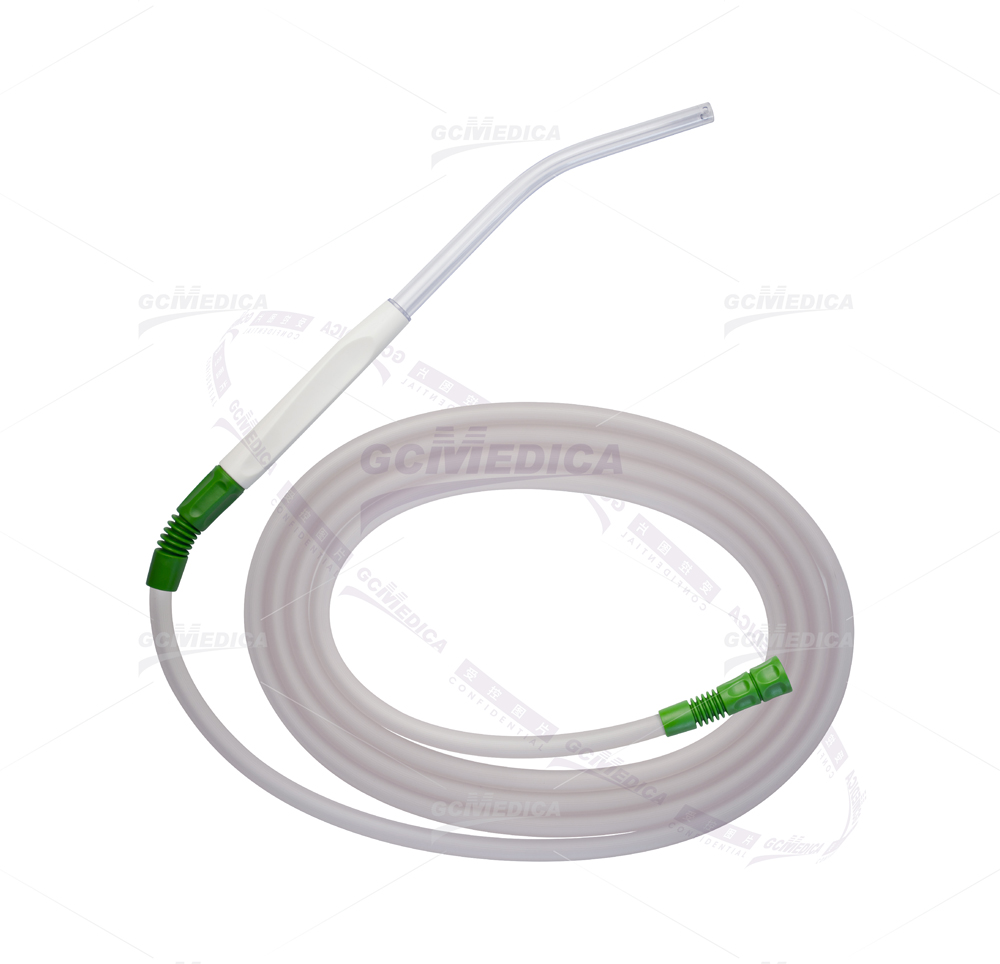
O tubo de conexão CH30 Yankauer Handle & CH35 éDispositivos de sucção de grande porteFeito de PVC. Eles apresentam um OD de 11,7mm, tubo de 3,5 m de comprimento e um design Yankauer de duas peças com uma ponta plana perfurada. As opções incluem com ou sem válvula de controle para atender às diferentes necessidades cirúrgicas.
Comprimentos personalizáveis com base nas necessidades específicas do cliente.
A construção leve reduz a fadiga das mãos em operações demoradas.
Tipo de alça Yankauer
GCMEDICA oferece mais de 90 tipos de dicas yankauer, garantindo que você vai encontrar o tipo específico que você precisa.
Applications in Medical Procedures
The Yankauer Handle, a staple in medical facilities worldwide, has evolved to become a versatile tool in various medical interventions. Its design, featuring a firm yet maneuverable suction tip, enables healthcare professionals to perform with precision and efficiency.
1. Oral Suctioning
Originally designed for oral suction, the Yankauer Handle remains a primary tool in this domain. It is used extensively in dental procedures, airway management during surgeries, and emergency settings. Its ability to effectively clear the oral cavity of saliva, blood, or other obstructions makes it vital in maintaining a clear airway, thereby preventing aspiration and ensuring patient safety.
2. Surgical Applications
In surgical settings, the Yankauer Handle is indispensable. Surgeons rely on it for clear visibility, using it to remove blood and other fluids from the operative field. This not only provides a better view of the surgical area but also reduces the risk of postoperative infections.
3. Wound Cleaning and Care
Beyond surgeries, the Yankauer Handle finds its use in general wound care. It aids in gentle yet effective cleaning of wounds, removing debris and exudate, which is crucial in preventing infection and promoting faster healing.
4. Gastroenterology
In gastroenterological procedures, such as endoscopies, the Yankauer Handle helps in maintaining a clear field by removing excess fluids, ensuring that the procedures are carried out smoothly and efficiently.
5. Emergency Situations
In emergency medicine, the Yankauer Handle is a lifesaver. Its use in quickly clearing airways in cases of trauma or respiratory distress is critical. Its robust design allows for rapid, effective suctioning, which can be crucial in life-saving situations.
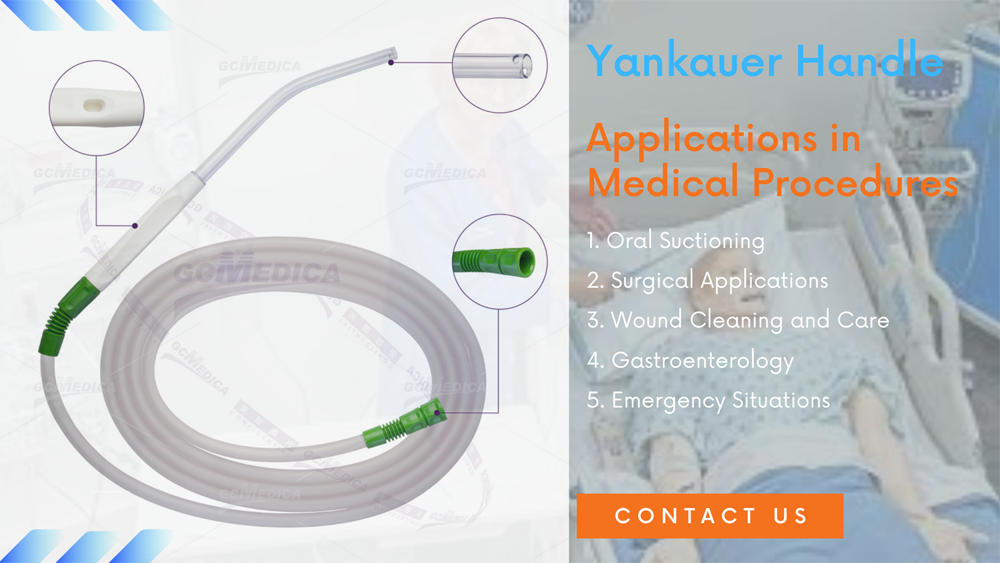
Maintenance and Sterilization of the Yankauer Handle
Maintaining the Yankauer Handle is crucial for its longevity and effectiveness. Proper care ensures patient safety and preserves the integrity of this vital tool. Here are key guidelines:
1. Cleaning Procedures
After each use, the Yankauer Handle must be thoroughly cleaned. This involves rinsing it under running water to remove debris and bodily fluids. Using mild detergents can help in effectively cleaning the surface without damaging the material.
2. Sterilization Techniques
Sterilization is crucial for infection control. The Yankauer Handle can be sterilized using various methods such as autoclaving, ethylene oxide, or hydrogen peroxide plasma. Each method has its advantages and is chosen based on the facility's capabilities and the handle's material composition.
3. Regular Inspections
Regular inspections are essential to ensure the handle's functionality. Checking for cracks, wear, or damage is crucial, as these can compromise its effectiveness and safety. Any damaged handles should be replaced immediately.
4. Storage Practices
Proper storage is as important as cleaning. The Yankauer Handle should be stored in a dry, clean environment to prevent contamination. Many facilities use sealed containers or designated storage areas to ensure the handle remains sterile until its next use.
5. Training and Awareness
Finally, training medical staff on the proper care and handling of the Yankauer Handle is vital. Awareness about its maintenance ensures that all staff members follow the protocols, maintaining a high standard of patient care and safety.
Frequently Asked Questions (FAQs) for Yankauer Handle
Q1: How do you use a Yankauer Handle?
A1: Using a Yankauer Handle involves a few key steps. Firstly, it must be connected to a suction source. Once connected, the healthcare professional can activate the suction. The tip of the Yankauer is carefully inserted into the area where suction is needed, such as the mouth or surgical site. The user must gently maneuver the handle, ensuring that the tip does not harm the surrounding tissue. It's often used to remove fluids or debris, ensuring a clear field of view or a clear airway. The procedure requires skill and precision to avoid causing any injury or discomfort.
Q2: What is a suction handle used for?
A2: A suction handle, like the Yankauer, is used primarily to remove liquids and debris from a patient's body during medical procedures. In surgical contexts, it keeps the field clear by aspirating blood, saline, and other fluids. In dental or oral procedures, it helps maintain a clear airway by removing saliva, blood, or vomit. In emergency medical situations, it can be a critical tool for preventing aspiration and maintaining clear airways. Its design allows for targeted suction, making it an invaluable tool in various medical scenarios.
Q3: How is the Yankauer Handle sterilized?
A3: Sterilization can be achieved through various methods such as autoclaving, ethylene oxide, or hydrogen peroxide plasma. The method chosen depends on the handle's material and the available resources of the medical facility.
Q4: What materials are used to make Yankauer Handles?
A4: Yankauer Handles are typically made from durable materials like stainless steel or plastic. The choice of material depends on the intended use and the need for sterilization compatibility.
Q5: How do you pronounce Yankauer?
A5: The name "Yankauer" is pronounced as "Yang-kow-er." The emphasis is on the first syllable, 'Yang', which rhymes with 'bang.' The second part, 'kow', is pronounced like the word 'cow', and the last syllable, 'er', sounds like the 'er' in 'her' or 'sir.' This pronunciation is widely accepted in medical communities globally and is named after the inventor, Sidney Yankauer, who was an American otolaryngologist.
Customer Reviews for GCmedica Yankauer Handle
1.Nadia Boucher
★ ★ ★ ★ ★"As a surgical nurse, the Yankauer Handle is a tool I rely on daily. Its effectiveness in maintaining a clear surgical site is unparalleled. Plus, its ease of sterilization makes it a hygienic and safe choice for patient care."



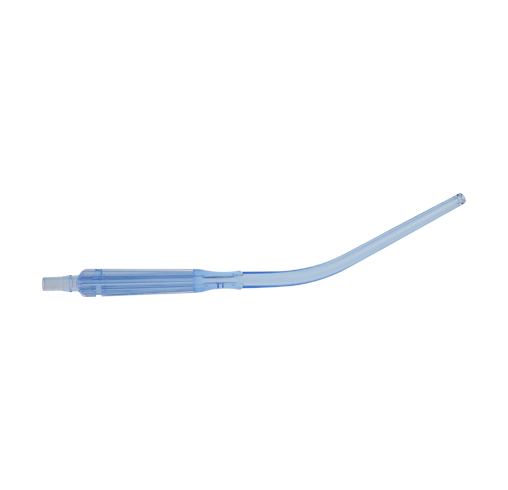
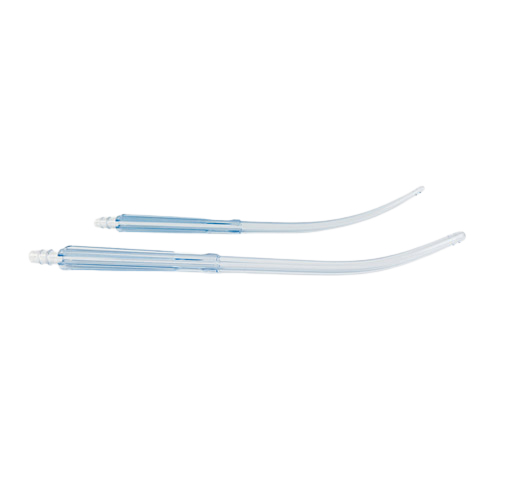
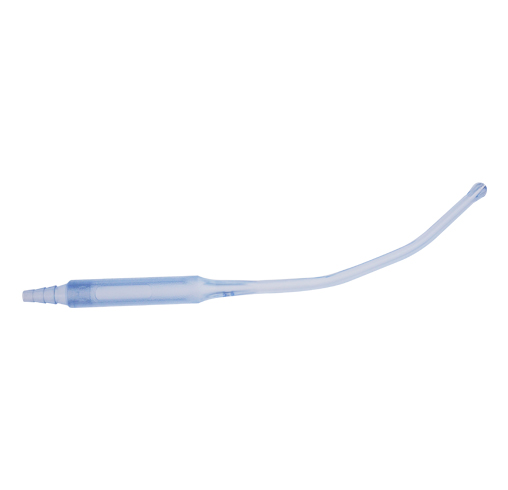

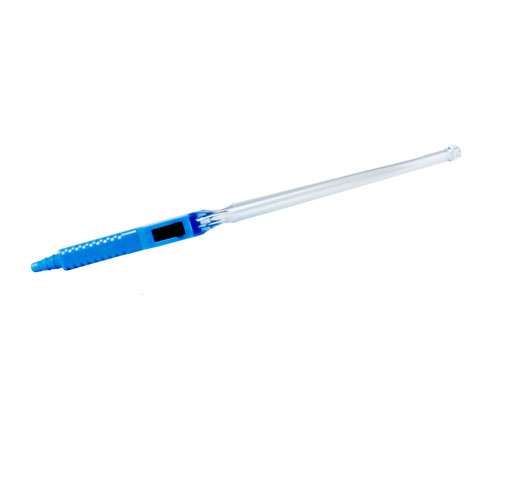
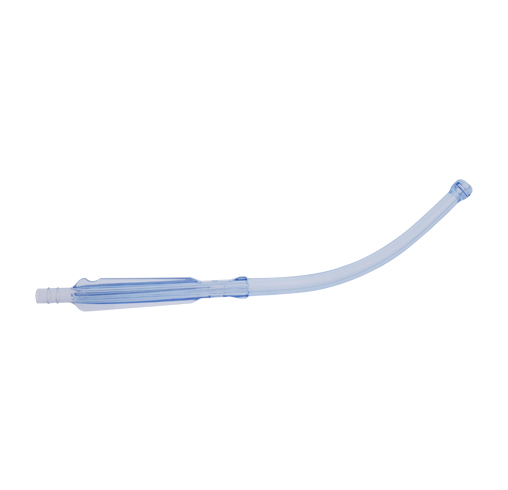
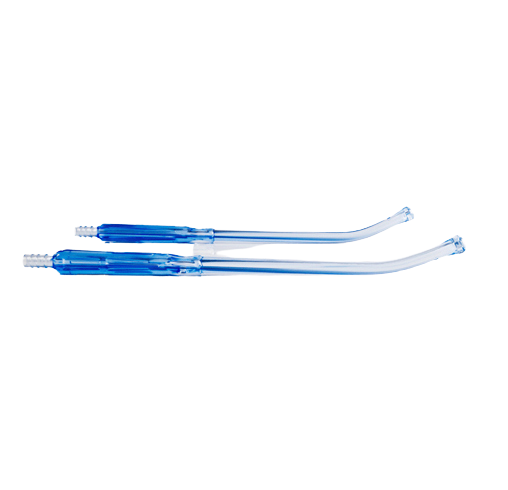
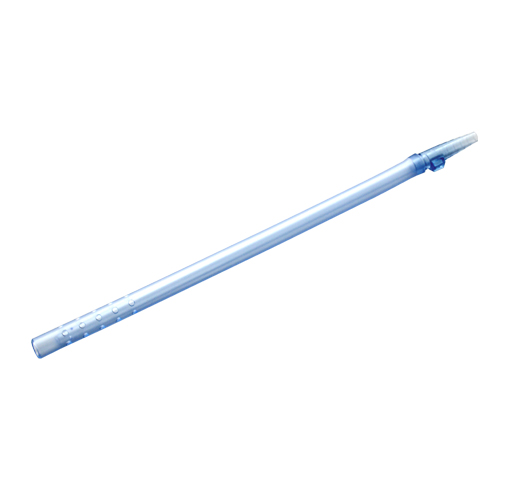
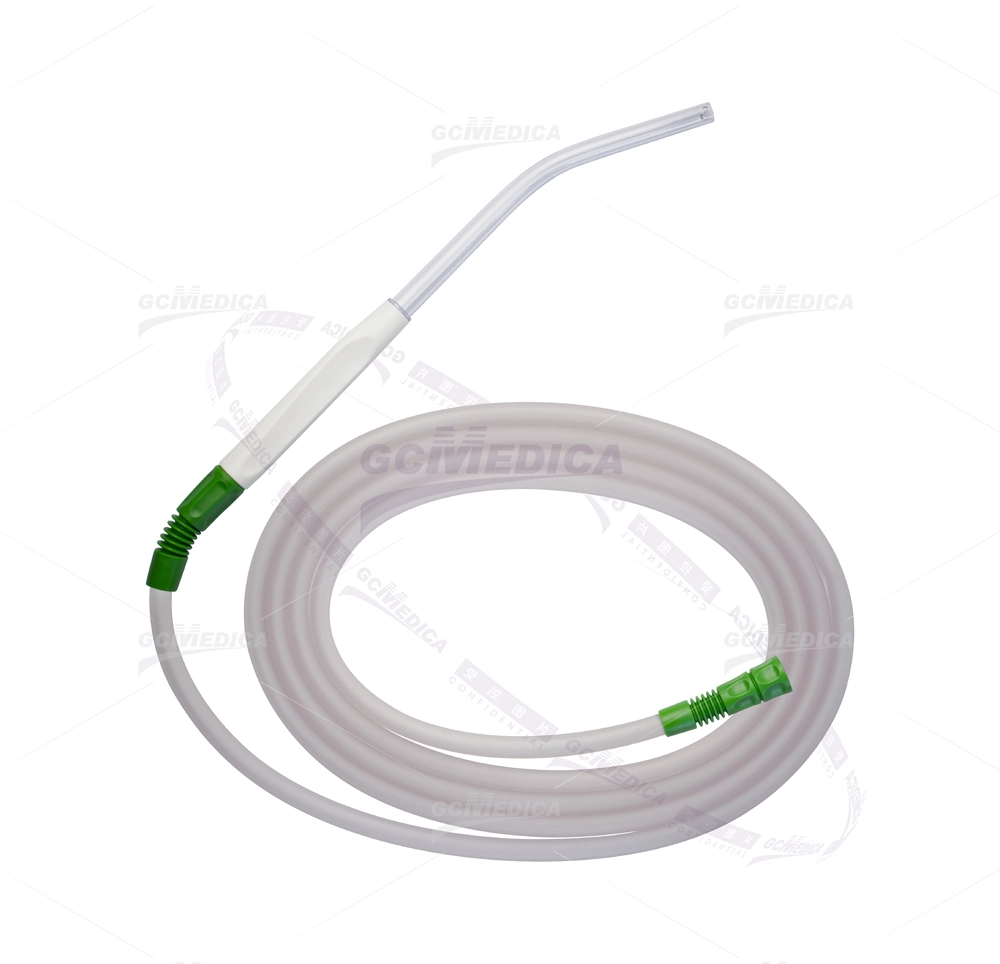
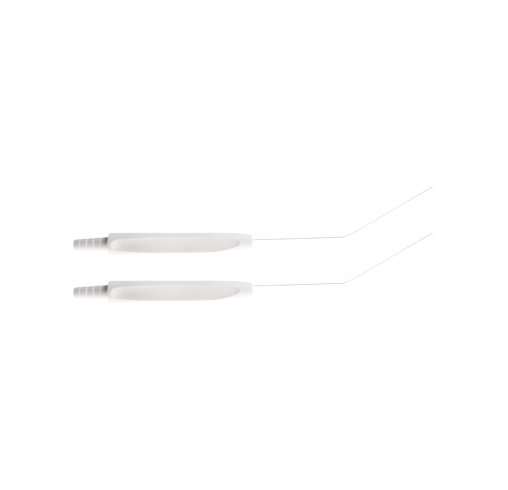
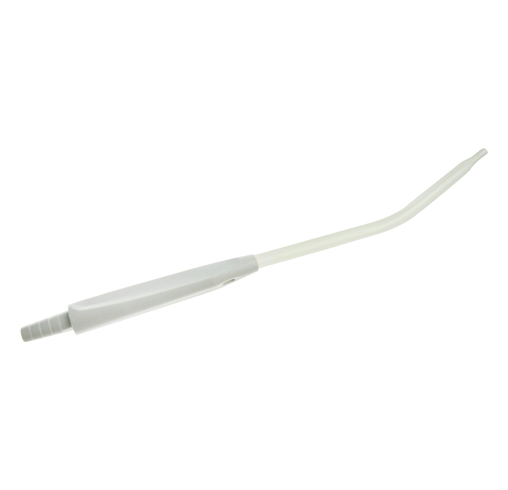
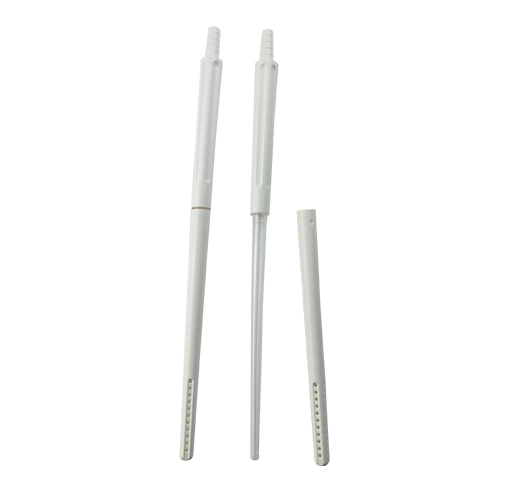

 +
+
 +
+
 +
+